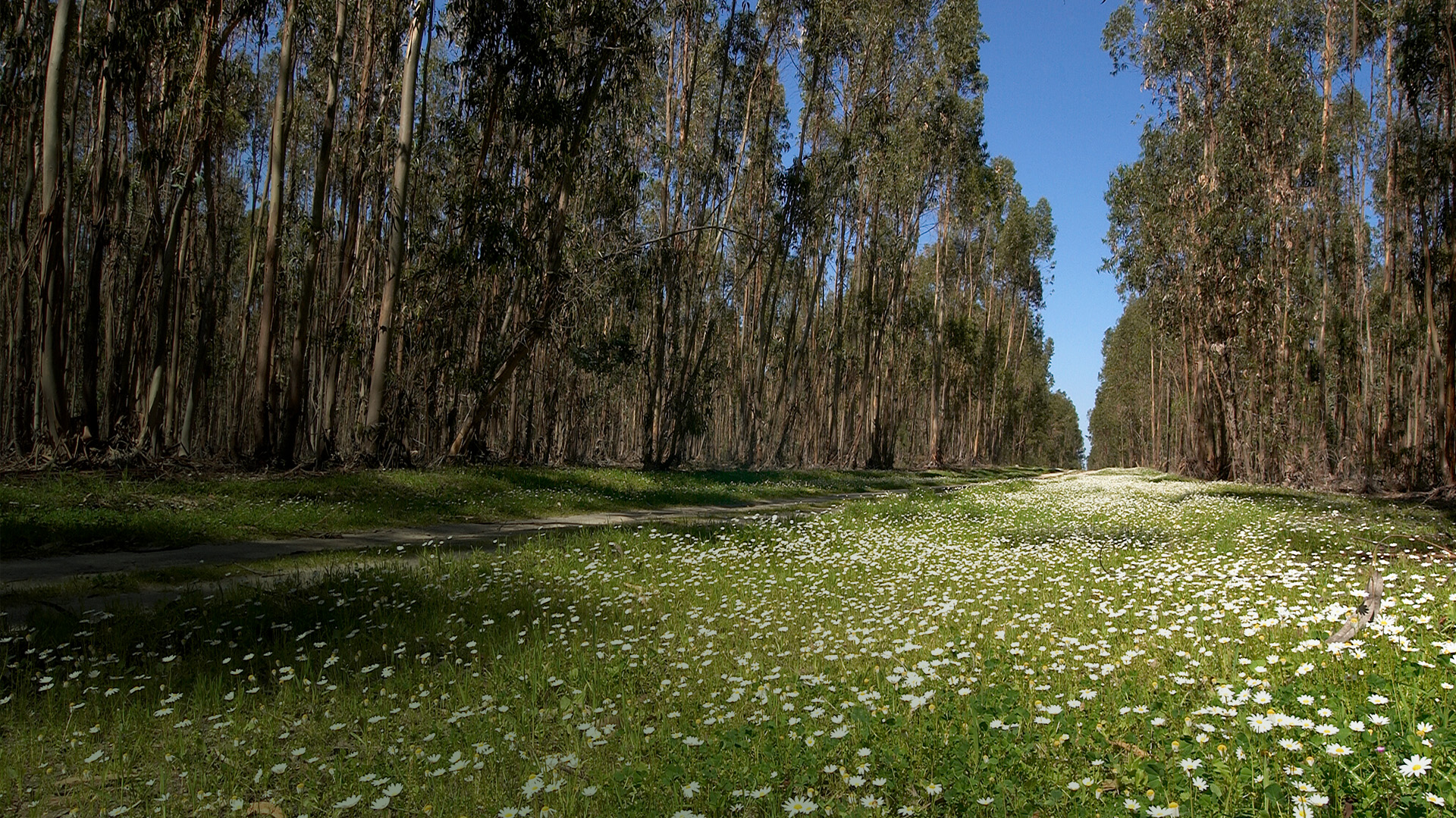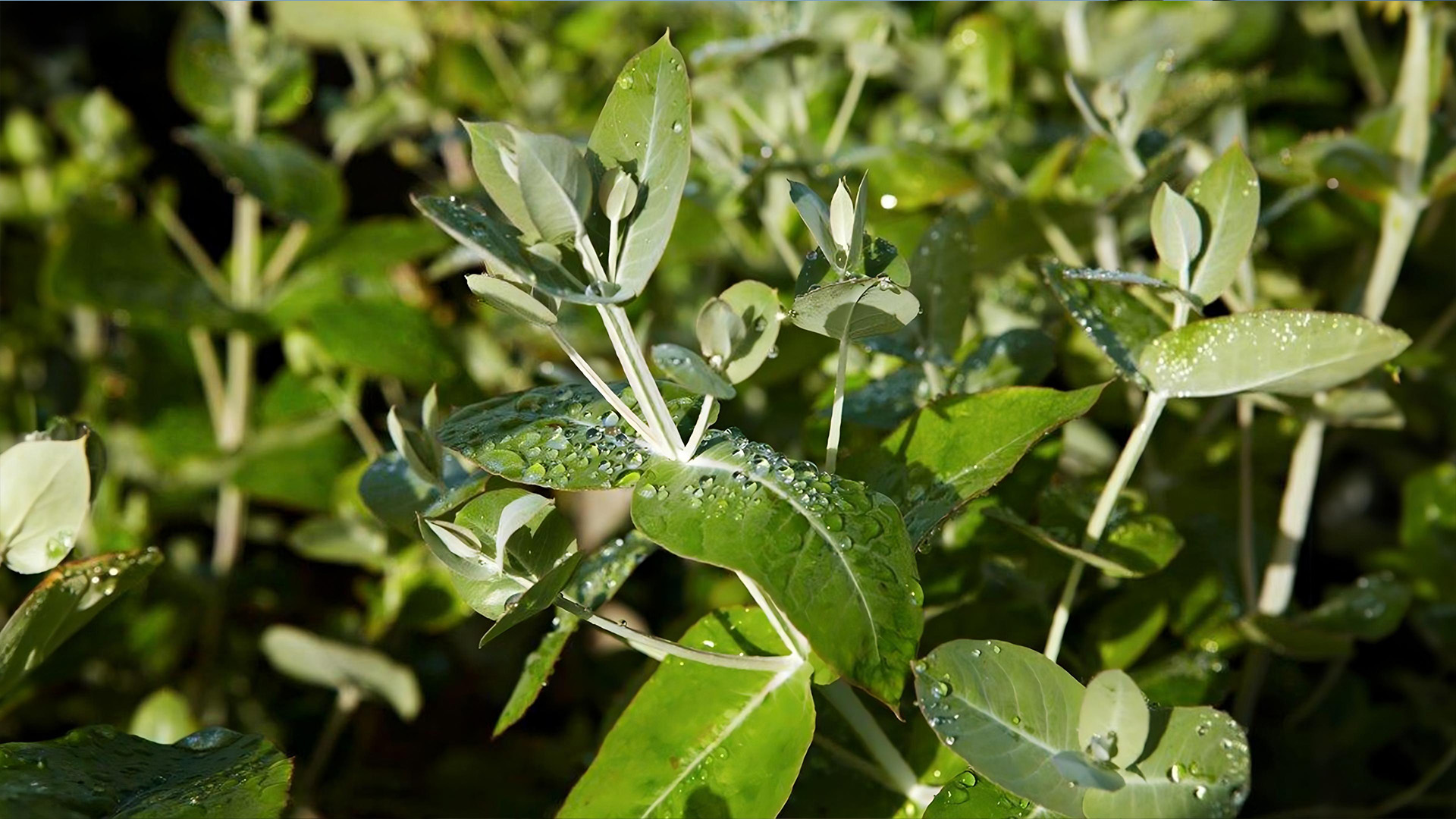They are there along our journeys, they are there and everywhere in gardens and woods in our cities, in forests and assorted habitats. Trees are an integral part of our reality and their potential is huge. A clear example of this is bioproducts, sustainable and renewable resources, which can be used in many ways.
We hear about the importance of trees, as true air purifiers, since we are born. However, the added value of trees is not there in the production of oxygen alone. These natural resources are rich in forest-based cellulose, which, in turn, generates sustainable bioproducts, the main driver of the forest-based industry.
Several everyday objects can or may be sourced from forests. The books we read, the clothes we wear, the cosmetics we apply, and the cellophane films we use are just a few examples. Using natural and renewable materials and reducing dependence on polluting and fossil-based resources, is the key to a greener and more sustainable future, given their contribution to reduce our ecological footprint.
The Mapping Portugal’s bio-based potential report, by the Bio-based Industries Consortium (BIC), published in 2021, refers to the national bioeconomy as an emerging sector. When this report was published, this sector was estimated to contribute almost EUR 20 billion to the Portuguese economy. With the green economy on the rise, the importance of discovering and harnessing its potential and of managing forests for the sustainable use of all its resources is reinforced once again.
There are assorted products of natural origin. The potential of these bioproducts, combined with the need to find environmentally friendly alternatives, has helped both the growth and the bet on the so-called green economy. Some bioproducts are already part of our lives, such as cork, honey or essential oils , and many other other biological origin which we often don’t even realise, while others are the result of the conscious choices of consumers, increasingly concerned and using less polluting solutions.
Wood is one of the most common resources, used to produce furniture, floors, panels and more generally, in civil construction. The application of cellulose to produce paper is not exactly new, despite its relevance, as we will realise later, depending on the tree species we use.
Bioproducts are also present in objects as trivial as the clothes we wear or the varnishes we use. Viscose and lyocell are plant-based fibres used in the textile industry to produce clothing and decorative items and to make high-pressure hoses and sponges, for example. On the other hand, nitrocellulose is present in varnishes, paints, enamels and cosmetics; ether and microcrystalline cellulose (MCC), in turn, can be applied to produce toothpaste and drug capsules.
Other examples include films for LCD screens or tool cables (acetate) and artificial skin for wound and burn wounds healing (nano-cellulose).
Bioproducts: origin and application
Bioproducts are composed of biomass, developed organically through the action of plants and animals. Forest biomass is, in turn, the organic matter found and developed in trees, from the roots to the canopy. Whether tree leaves, bark or branches, and even materials resulting from animal or human intervention (such as wood cutting and work or forest management), many other components originate in the forest and can play a prominent role in the forest-based industry. See below the three broad categories of bioproducts identified:
- Bioenergy
A sustainable alternative to traditional fossil fuels which is also applied in the production of energy and heat. Three fuel sources stand out in this particular field: biodiesel, bioethanol and biogas. Bioenergy is less polluting and uses waste material that could go to waste and can be generated from raw materials such as corn, wood or organic waste.
- Biomaterials
Biomaterials are increasingly urgent sustainable alternatives to materials such as plastic. Solutions such as bioplastics, biofoams and biofibres are growing bets, aimed at offering a consistent (and less threatening to the planet) response to the demand for products. They are produced from vegetable oils and hemp and linen fibres, for example.
- Biochemicals
Biochemicals are there in the industry and specialised areas such as pharmaceuticals with the potential for assorted applications. On the one hand, these bioproducts are used to obtain lubricants, paints and other identical materials; on the other hand, they can be applied in vaccines, cosmetics of biological origin, such as creams or soaps, and other medicinal products.





